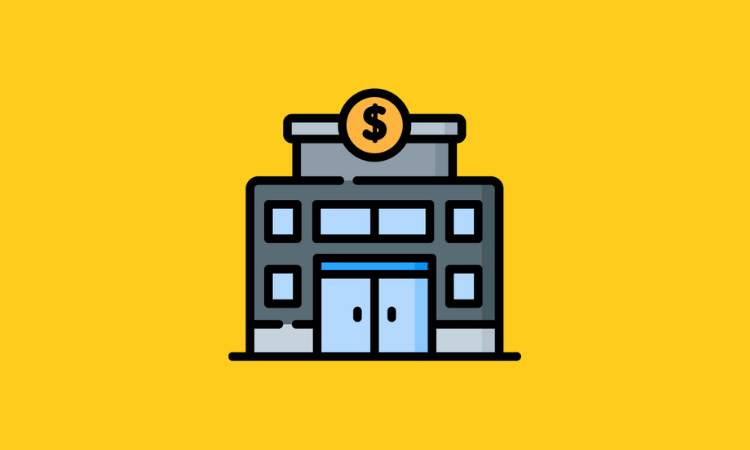Member Exclusive, New banks
‘Same standard materials, but a different finish’: How bank branches are evolving in the era of Covid
- Bank branches aren’t disappearing anytime soon.
- Instead, they’re evolving to serve more purposes.









